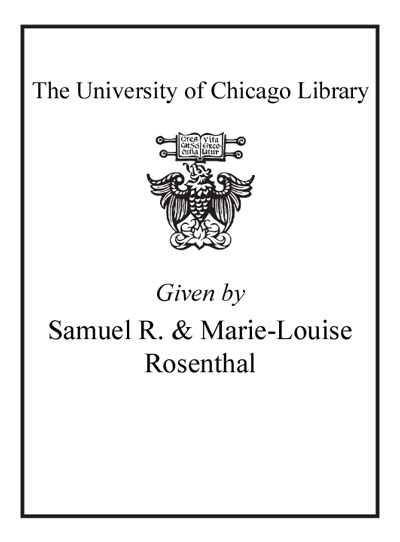Review by Booklist Review
The fourth Sergeant Studer mystery was serialized in a German-language Swiss newspaper in 1938. It's set in a village that boasts an agricultural college and a poorhouse, and the story includes a drawing-room-solution scene. For all of the novel's long-ago-and-far-away-ness, however, Studer will charm contemporary readers with a sardonic and anti-authoritarian worldview that strikes a sharply modern tone. An acquaintance likens the Brissago-smoking police detective to a diesel engine running on heavy-duty fuel oil. It takes a long time for you to work up to full speed, but once you're running, you take every obstacle like a tractor, like a tank. Studer is tasked with finding the killer of an eccentric, wealthy man dubbed Chinaman by the detective because of the shape of his eyes after the victim accurately predicts his own demise. Motives for murder abound: the heads of both college and poorhouse stand to collect part of the fortune. As Studer muscles and deduces his way to an arrest, he offers robust critiques of the poorhouse system likely informed by Glauser's own period of institutionalization in a Swiss insane asylum.--Sennett, Frank Copyright 2007 Booklist
From Booklist, Copyright (c) American Library Association. Used with permission.
Review by Publisher's Weekly Review
First published in 1938, Swiss author Glauser's fourth Jakob Studer novel to be made available in English (after Fever) finds the Bern police sergeant in usual form-too smart to be trusted by his superiors and too superior to be dismissed from his post. When the body of James Farny is found lying atop the grave of the recently deceased wife of the poorhouse warden, the local doctor assumes the death is a suicide. Noticing that the man's clothes are intact despite a shot through the heart, Studer suddenly realizes he met the victim some months before, and Farny predicted his own murder. Dubbing the case the "story of the three locales," Studer discovers the key suspects are from the poorhouse, a horticultural school and a village inn. Slowly, he puzzles out the relationships and the motives and reveals all in a traditional gathering of the suspects. Glauser's sharp portrayals of local institutions and customs add luster to this somewhat dated classic. (Jan.) (c) Copyright PWxyz, LLC. All rights reserved
(c) Copyright PWxyz, LLC. All rights reserved
Review by Booklist Review
Review by Publisher's Weekly Review

